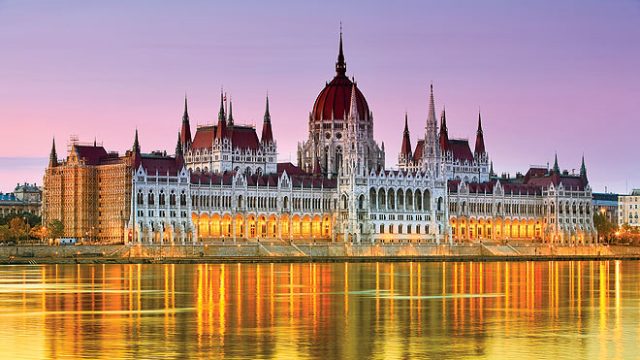You will find all the advice you need on trains at seat61.com. Rather than two-star hotels, which can be far-flung, ill-situated or pokey, if you look for more comfort at the same cost, may I suggest rental apartments as a great alternative—you can get more options, space and facilities in excellent locations for a lower cost (but do look for well-reviewed places and see how the initial correspondence goes). It’s also a better way to interact with local folk. Try www.vrbo.com, www.flipkey.com, www.airbnb.com, or www.homeaway.com. There is much to explore in atmospheric Prague: the Vyšehrad and Prague castles, the Old Town, the Jewish Quarter, Wenceslas Square, the amazing collections at the National Museum, and the superb views at Petrín Hill. In Budapest, don’t miss the views from the Chain Bridge and the Danube’s Unesco-listed embankments, and take the funicular up to the Castle District to visit the Hungarian National Gallery, the Budapest History Museum and the Hospital in the Rock. Also, don’t miss the views from the Matthias Church, the Fisherman’s Bastion, the dome of the St Stephen’s Basilica. You can also walk down the Andrássy Avenue to the Heroes’ Square and its museums, and also spend an afternoon at the Jewish District. The Great Market Hall is a splendid place to try authentic Hungarian food. Be sure to enjoy the yummy wares of Hungarian patisseries. You will find itinerary tips for Austria in the Ask Marco pages of our July issue.
The best off-season discounts will happen in the dead of winter, of course, but you would have to be prepared for the bitter cold alongside short daylight hours, which tend to limit outdoor sightseeing. Booking ahead for the shoulder season (late March or early April, or early-to-mid October) may be a good compromise. Do note that roundtrip tickets to Europe are usually much cheaper than one-ways to different entry and exit points.




